|
|
| Line 361: |
Line 361: |
| | | | |
| | {| class="wikitable" style="margin: left;" | | {| class="wikitable" style="margin: left;" |
| − | |[[100px]] '''[[Volker Böhm]]''' -- '' - 1933'' | + | |[[100px]] '''[[Ludwig Hochberg]]''' -- '' - 1933'' |
| | |} | | |} |
| | | | |
| | {| class="wikitable" style="margin: left;" | | {| class="wikitable" style="margin: left;" |
| − | |[[100px]] '''[[Ludwig Hochberg]]''' -- '' - 1933'' | + | |[[100px]] '''[[Manuel Mueller]]''' -- '' - 1933'' |
| | |} | | |} |
| | | | |
| | {| class="wikitable" style="margin: left;" | | {| class="wikitable" style="margin: left;" |
| − | |[[100px]] '''[[Manuel Mueller]]''' -- '' - 1933'' | + | |[[100px]] '''[[Andreas Strobel]]''' -- '' - 1933'' |
| | |} | | |} |
| | | | |
- Germany -x- Berlin -x- Alternative Berlin
Präludium: A City's Journey into Darkness
At the end of World War I, monarchy and aristocracy was overthrown and Germany became a republic, known as the Weimar Republic. Berlin remained the capital, but faced a series of threats from the far left and far right.
In late 1918 politicians inspired by the Communist Revolution in Russia founded the Communist Party of Germany (Kommunistische Partei Deutschlands, KPD). In January 1919 it tried to seize power in the Spartacist revolt). The coup failed and at the end of the month right-wing Freikorps forces killed the Communist leaders Rosa Luxemburg and Karl Liebknecht.
In March 1920 Wolfgang Kapp, founder of the right wing German Fatherland Party (Deutsche Vaterlands-Partei), tried to bring down the government. The Berlin garrison chose his side, and the government buildings were occupied (the government had already left Berlin). A general strike stopped the putsch being successful.
In October 1, 1920: The Greater Berlin Act created "Greater Berlin" (Groß-Berlin) by incorporating several neighboring towns and villages like Charlottenburg, Köpenick or Spandau from the Province of Brandenburg into the city; Berlin's population doubled overnight from about 2 to nearly 4 million inhabitants.
In 1922: The foreign minister Walther Rathenau was murdered in Berlin, and half a million people attended his funeral.
The economic situation was bad. Germany owed reparation money after the Treaty of Versailles. The sums were reduced and paid using loans from New York banks. In response to French occupation, the government reacted by printing so much money that inflation was enormous. Especially pensioners lost their savings; everyone else lost their debts. At the worst point of the inflation one dollar was worth about 4.2 trillion marks. From 1924 onwards the situation became better because of newly arranged agreements with the allied forces, American help, and a sounder fiscal policy. The heyday of Berlin began. It became the largest industrial city of the continent. People like the architect Walter Gropius, physicist Albert Einstein, painter George Grosz and writers Arnold Zweig, Bertolt Brecht and Kurt Tucholsky made Berlin one of the major cultural centers of Europe. Brecht spent his last years in the Weimar-era Berlin (1930–1933) working with his ‘collective’ on the Lehrstücke. Night life bloomed in 1920s Berlin.
In 1922, the railway system, that connected Berlin to its neighboring cities and villages was electrified and transformed into the S-Bahn, and a year later Tempelhof airport was opened. Berlin was the second biggest inland harbor of the country. All this infrastructure was needed to transport and feed the over 4 million Berliners.
Before the 1929 crash, 450,000 people were unemployed. In the same year Adolf Hitler's Nazi Party won its first seats in the city parliament. Nazi Propaganda chief Joseph Goebbels became Gauleiter (party district leader) of Berlin in 1926. On July 20, 1932, the Prussian government under Otto Braun in Berlin was dismissed by presidential decree. The republic was nearing its breakdown, under attack by extreme forces from the right and the left. On January 30, 1933, Hitler became Chancellor of Germany.
Quote
"We like our Berlin immensely -- an ugly place it must be to anyone who comes to it hipped or solitary..." -- George Elliot
Appearance
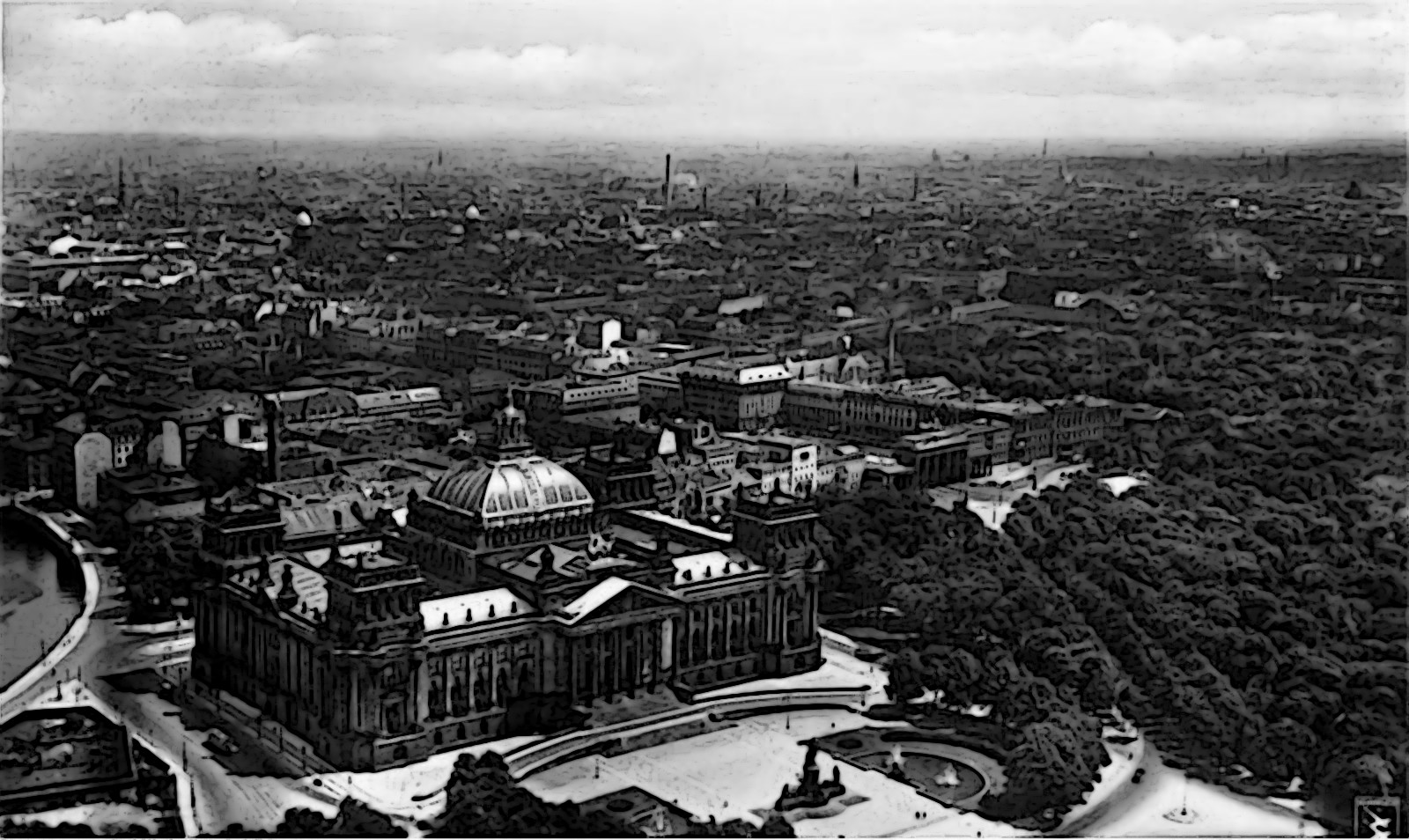
City Device
Climate
Berlin has a Maritime temperate climate according to the Köppen climate classification system. There are significant influences of mild continental climate due to its inland position, with frosts being common in winter and there being larger temperature differences between seasons than typical for many oceanic climates. Summers are warm and sometimes humid with average high temperatures of 22–25 °C (72–77 °F) and lows of 12–14 °C (54–57 °F). Winters are cool with average high temperatures of 3 °C (37 °F) and lows of −2 to 0 °C (28 to 32 °F). Spring and autumn are generally chilly to mild. Berlin's built-up area creates a microclimate, with heat stored by the city's buildings and pavement. Temperatures can be 4 °C (7 °F) higher in the city than in the surrounding areas.
Annual precipitation is 570 millimeters (22 in) with moderate rainfall throughout the year. Snowfall mainly occurs from December through March.
Calendars

Districts
1500px
Demonym
Berliner
Districts
Economy of Nazi Germany
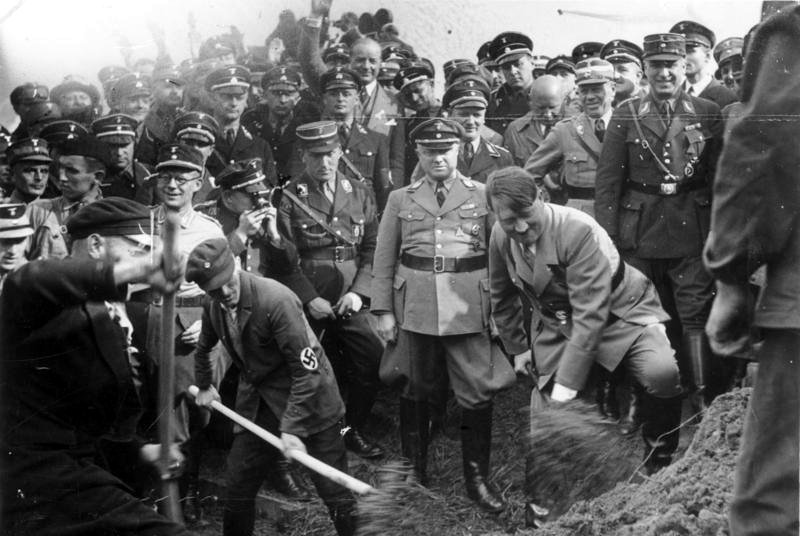
The German economy, like those of many other western nations, suffered the effects of the Great Depression with unemployment soaring around the Wall Street Crash of 1929. When Hitler became Chancellor in 1933, he introduced policies aimed at improving the economy of Nazi Germany. The changes included privatization of state industries, autarky, and tariffs on imports. Wages increased by 10.9% in real terms during this period. However, reduced foreign trade meant rationing in consumer goods like poultry, fruit, and clothing for many Germans.
By the early 1940s, over 500 companies in key German industries had been nationalized, mostly accomplished through the creation of the Reichswerke Hermann Göring in 1937. Multi-national industries in occupied territory were particularly targeted for state ownership, where the Reichswerke absorbed between approximately “50 – 60 per cent” of heavy industry in Czech and slightly less in Austria. The Göring industrial empire was a major attempt towards “restricting private industrial capitalism and substituting a ‘völkisch’, state-run industrial economy.”
In 1934 Hjalmar Schacht, the Reich Minister of Economics, introduced the Mefo bills, allowing Germany to rearm without spending Reichsmarks but instead paying industry with Mefo bills (Government IOU's) which they could trade with each other. Between 1933 and 1939 the total revenue amounted to 62 billion marks, whereas expenditure (at times comprising up to 60% rearmament costs) exceeded 101 billion, thus causing a huge deficit and national debt (reaching 38 billion marks in 1939 and coinciding with Kristallnacht [November 1938] and with intensified persecutions of Jews and the outbreak of World War II.) By 1938 unemployment was practically extinct.
Geography
History
Berlin Heute und Berlin Morgen: The Approaching Storm
By 1931, the Great Depression had severely damaged the city's economy. Politics were in chaos, as militias controlled by the Nazis and the Communists fought for control of the streets. President Hindenburg made Hitler Chancellor in January 1933, and the Nazis quickly moved to take complete control of the entire nation. On February 27, 1933 a left-wing radical was alleged to have set afire the Reichstag building (a fire which was later believed to have been set by the Nazis themselves); the fire gave Hitler the opportunity to set aside the constitution. Tens of thousands of the political opponents fled into exile, or were imprisoned. All civic organizations, except the churches, came under Nazi control.
Around 1933, some 160,000 Jews were living in Berlin: one third of all German Jews, 4% of the Berlin population. A third of them were poor immigrants from Eastern Europe, who lived mainly in the Scheunenviertel near Alexanderplatz. The Jews were persecuted from the beginning of the Nazi regime. In March, all Jewish doctors had to leave the Charité hospital. In the first week of April, Nazi officials ordered the German population not to buy from Jewish shops.
The 1936 Summer Olympics were held in Berlin and used as a showcase for Nazi Germany (though the Games had been given to Germany before 1933). In order to not alienate the foreign visitors, the "forbidden for Jews" signs were temporarily removed.
Nazi rule destroyed Berlin's Jewish community, which numbered 160,000 before the Nazis came to power. After the pogrom of Kristallnacht in 1938, thousands of the city's Jews were imprisoned. Around 1939, there were still 75,000 Jews living in Berlin. The majority of German Jews in Berlin were taken to the Grunewald railway station in early 1943 and shipped in stock cars to death camps such as the Auschwitz, where most were murdered in the Holocaust. Only some 1200 Jews survived in Berlin by hiding.
Thirty kilometers (19 mi) northwest of Berlin, near Oranienburg, was Sachsenhausen concentration camp, where mainly political opponents and Russian prisoners of war were incarcerated. Tens of thousands died there. Sachsenhausen had subcamps near industries, where the prisoners had to work. Many of these camps were in Berlin.
Population
- -- City (4,242,501) - June 16, 1933 census
Arenas
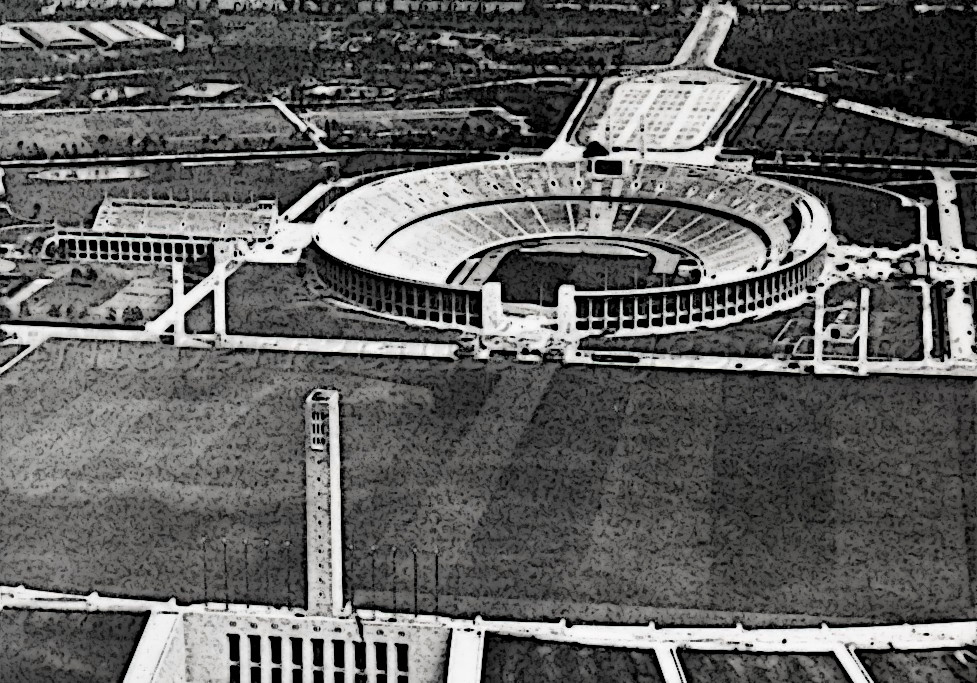
Attractions
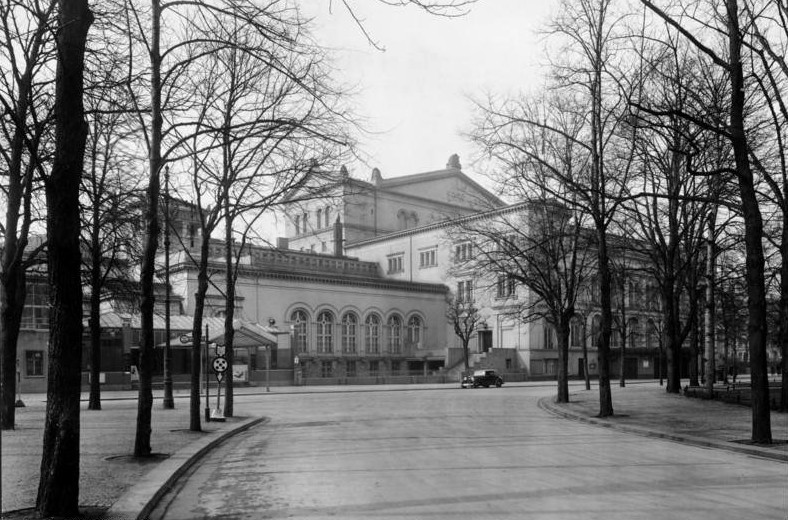
- -- Kroll Opera House -- The Kroll Opera House (German: Krolloper) was an opera building located in the central Tiergarten district on the western edge of the Königsplatz square (today Platz der Republik), facing the Reichstag building.
Bars and Clubs
Cemeteries
City Government
Crime
Citizens of the City
The Nazi Party
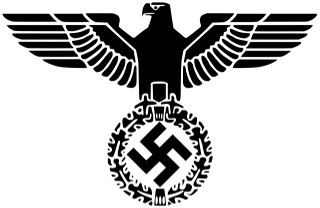
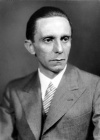 Joseph Goebbels -- "Reich Minister of Propaganda - 1933" Joseph Goebbels -- "Reich Minister of Propaganda - 1933"
|
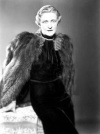 Magda Goebbels -- A prominent member of the Nazi Party and wife of Nazi Germany's Propaganda Minister Joseph Goebbels - 1933 Magda Goebbels -- A prominent member of the Nazi Party and wife of Nazi Germany's Propaganda Minister Joseph Goebbels - 1933
|
Other German Citizens
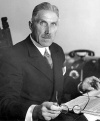 Franz von Papen -- He served as Chancellor of Germany in 1932 and as Vice-Chancellor under Adolf Hitler - 1933 Franz von Papen -- He served as Chancellor of Germany in 1932 and as Vice-Chancellor under Adolf Hitler - 1933
|
Mortal Time-Travelers
Fortifications
Galleries
Holy Ground
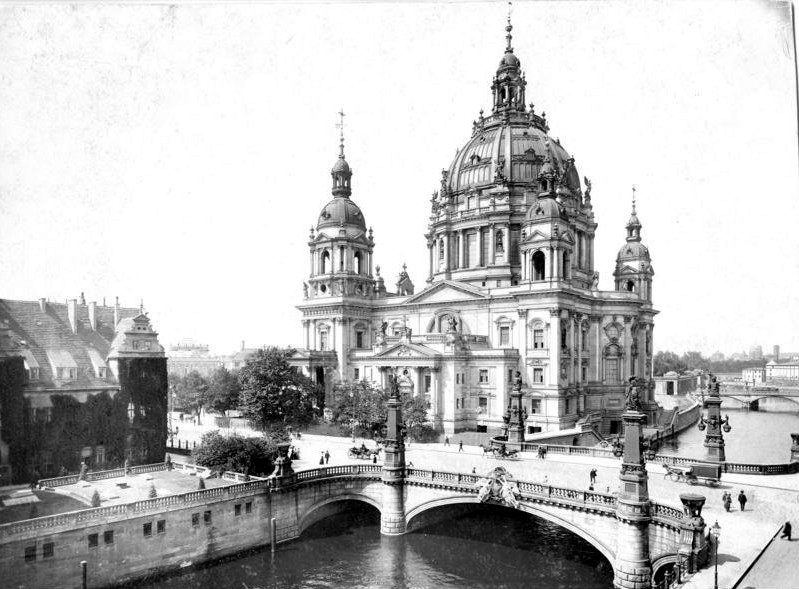
- -- Berliner Dom -- is the short name for the Evangelical Supreme Parish and Collegiate Church (German: Oberpfarr- und Domkirche zu Berlin) in Berlin, Germany. It is located on Museum Island in the Mitte borough. The current building was finished in 1905 and is a main work of Historicist architecture of the "Kaiserzeit".
Hospitals
Hotels & Hostels
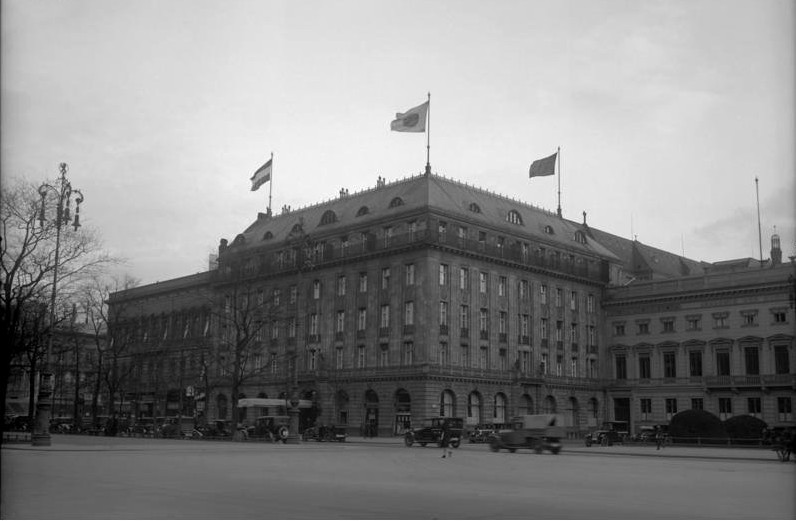
- -- Hotel Adlon -- The legendary original Hotel Adlon was one of the most famous hotels in Europe.
- -- Hotel Kaiserhof -- Hotel Kaiserhof was a luxury hotel in Wilhelmplatz, it was Berlin's first "grand hotel" and a popular hangout for prominent Nazis from the 1920s -1940s.
- -- Hotel Esplanade Berlin -- Hotel Esplanade once stood on Berlin’s busy transport and nightlife hub Potsdamer Platz. During its colourful and turbulent history it went from being one of the German capital’s most luxurious and celebrated hotels to a bombed-out ruin lost in the wastelands alongside the Berlin Wall.
- -- Hotel Excelsior -- Hotel Excelsior occupied number 112/113, Königgrätzer Straße (today’s Stresemannstrasse) on Askanischer Platz in the Berlin district of Kreuzberg. It was once one of the largest and most luxurious hotels in Europe but its destruction during World War II resigned it to the German capital's list of lost historical landmarks.
Landmarks
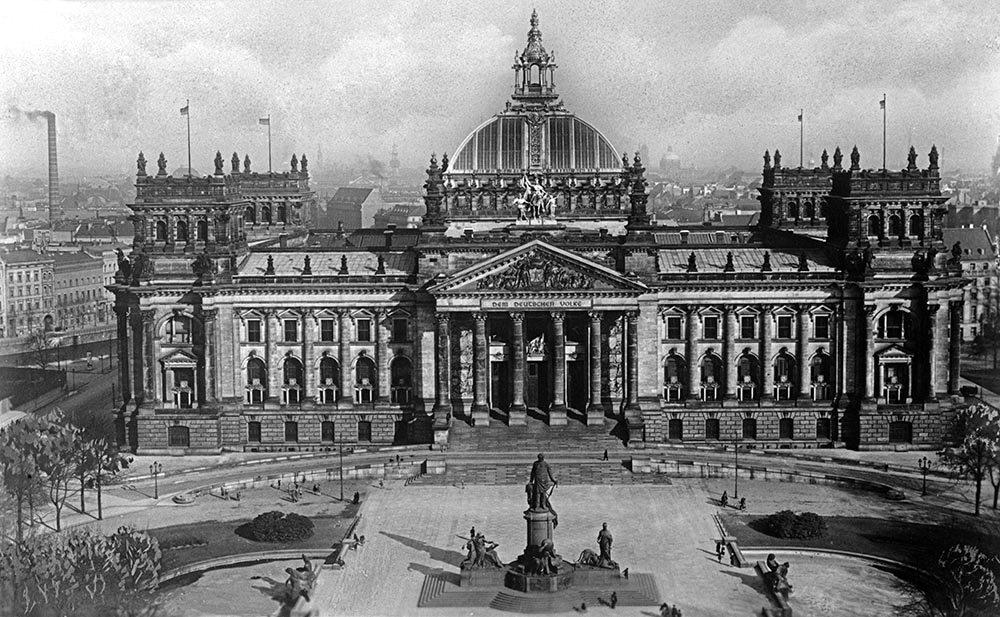
- -- Reichstagsgebäude -- The Reichstag building is a historical edifice constructed to house the Imperial Diet (German: Reichstag), of the German Empire.
Law Enforcement
Mass Media
Film
Newspapers
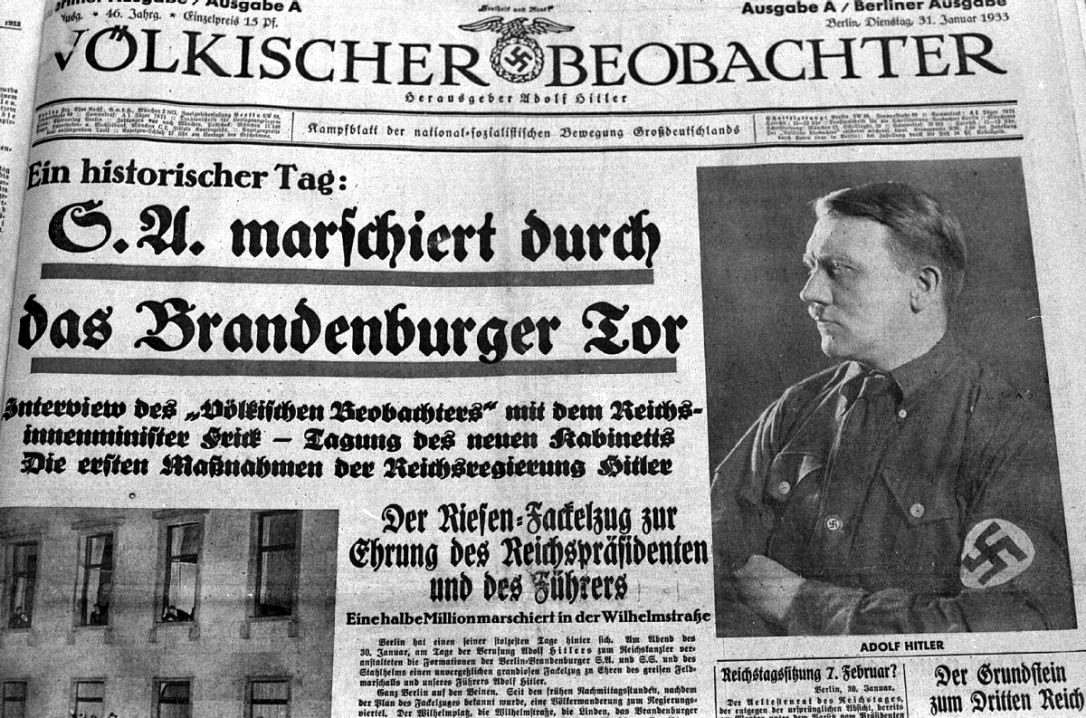
Radio
Television
Monuments
Museums

- -- Kaiser-Friedrich-Museum -- The museum was designed by architect Ernst von Ihne and completed in 1904. Originally called the Kaiser-Friedrich-Museum after Emperor Frederick III, the museum was renamed in honour of its first curator, Wilhelm von Bode, in 1956.
Parks
Private Residences
Restaurants
Ruins
Schools
Shopping
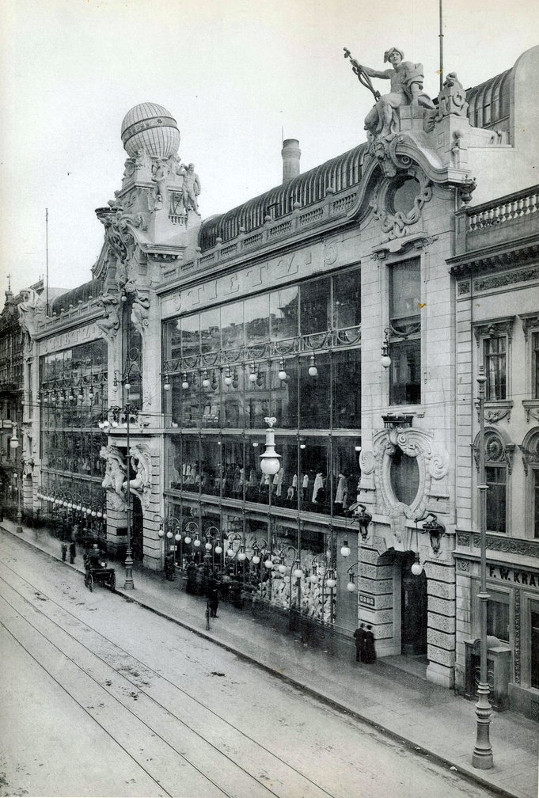
Telecommunications
Theaters
Transportation
Vampires of the City
Brujah
Nosferatu
Tremere
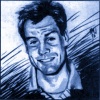 -- Maxwell Ldescu -- Regent of the West -- Der Magus -- Maxwell Ldescu -- Regent of the West -- Der Magus
(The Magus)
|
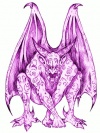 -- Gotthold -- Chantry Guardian & Elder Gargoyle of Berlin -- Gotthold -- Chantry Guardian & Elder Gargoyle of Berlin
|
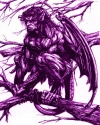 -- Falk -- Gargoyle bodyguard to Ldescu -- Falk -- Gargoyle bodyguard to Ldescu
|
Ventrue
Websites

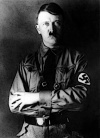 Adolf Hitler -- "Chancellor of Germany - 1933"
Adolf Hitler -- "Chancellor of Germany - 1933"
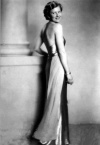 Eva Braun -- "Hitler's Mistress - 1933"
Eva Braun -- "Hitler's Mistress - 1933"
 Joseph Goebbels -- "Reich Minister of Propaganda - 1933"
Joseph Goebbels -- "Reich Minister of Propaganda - 1933"
 Magda Goebbels -- A prominent member of the Nazi Party and wife of Nazi Germany's Propaganda Minister Joseph Goebbels - 1933
Magda Goebbels -- A prominent member of the Nazi Party and wife of Nazi Germany's Propaganda Minister Joseph Goebbels - 1933
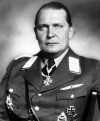 Hermann Goering -- "President of the Reichstag - 1933"
Hermann Goering -- "President of the Reichstag - 1933"
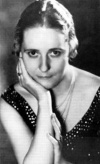 Emmy Sonnemann -- "Prominent actress at the National Theatre in Weimar - 1933"
Emmy Sonnemann -- "Prominent actress at the National Theatre in Weimar - 1933"
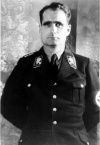 Rudolf Hess -- "Deputy Führer - 1933"
Rudolf Hess -- "Deputy Führer - 1933"
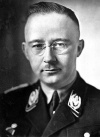 Heinrich Himmler -- "Reichsführer-SS - 1933"
Heinrich Himmler -- "Reichsführer-SS - 1933"
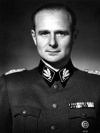 Karl Wolff -- "SS-Oberführer - 1933"
Karl Wolff -- "SS-Oberführer - 1933"
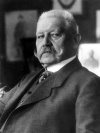 Paul von Hindenburg -- The second President of Germany from 1925–34 - 1933
Paul von Hindenburg -- The second President of Germany from 1925–34 - 1933
 Franz von Papen -- He served as Chancellor of Germany in 1932 and as Vice-Chancellor under Adolf Hitler - 1933
Franz von Papen -- He served as Chancellor of Germany in 1932 and as Vice-Chancellor under Adolf Hitler - 1933
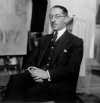 Bernhard Weiß -- Deputy Police Chief of Berlin - 1933
Bernhard Weiß -- Deputy Police Chief of Berlin - 1933
 Dieter Kotlar -- Der Krieger (The Warrior)
Dieter Kotlar -- Der Krieger (The Warrior)
 Melitta Wallenberg -- Die verführerische Kanalratte
Melitta Wallenberg -- Die verführerische Kanalratte
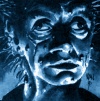 Ellison Humboldt -- Die Wahrheit in den Mauern
Ellison Humboldt -- Die Wahrheit in den Mauern
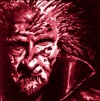 Ugly Rasputin -- Die unaufhaltsamen Wut
Ugly Rasputin -- Die unaufhaltsamen Wut
 Amelia -- Die weinende Frau
Amelia -- Die weinende Frau
 -- Maxwell Ldescu -- Regent of the West -- Der Magus
-- Maxwell Ldescu -- Regent of the West -- Der Magus  -- Gotthold -- Chantry Guardian & Elder Gargoyle of Berlin
-- Gotthold -- Chantry Guardian & Elder Gargoyle of Berlin
 -- Falk -- Gargoyle bodyguard to Ldescu
-- Falk -- Gargoyle bodyguard to Ldescu
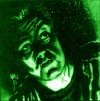 -- Gustav Breidenstein -- The Prince of Berlin
-- Gustav Breidenstein -- The Prince of Berlin
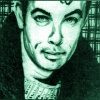 -- Wilhelm Waldburg -- The Eldest Son
-- Wilhelm Waldburg -- The Eldest Son
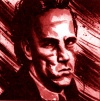 -- Peter Kleist -- The Second Son
-- Peter Kleist -- The Second Son
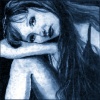 -- Katarina Kornfeld -- The Royal Daughter
-- Katarina Kornfeld -- The Royal Daughter










